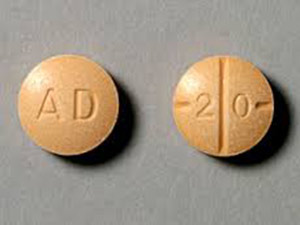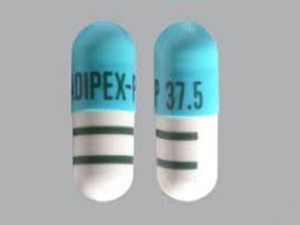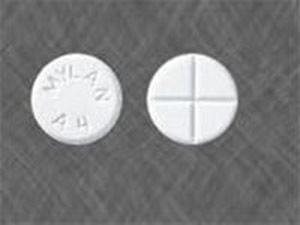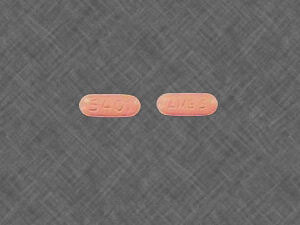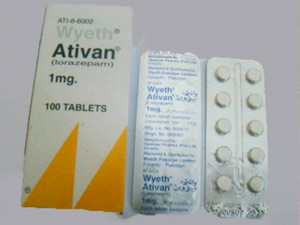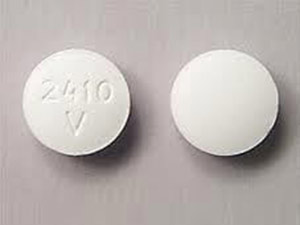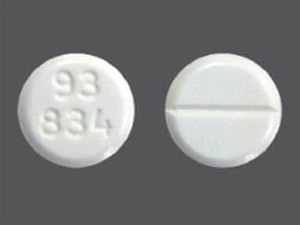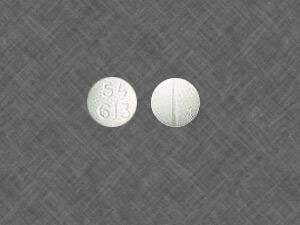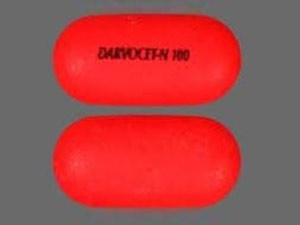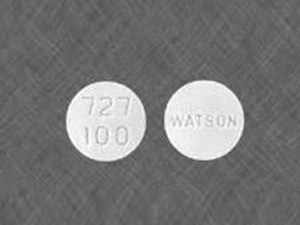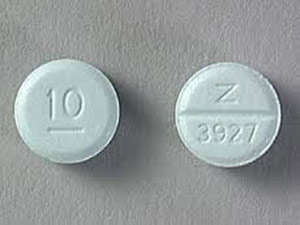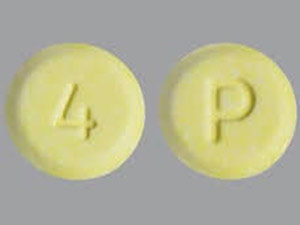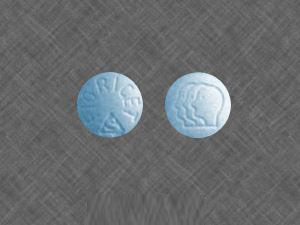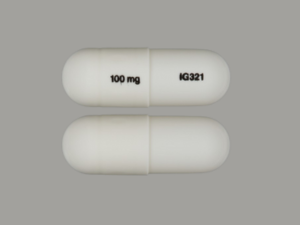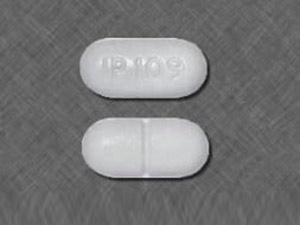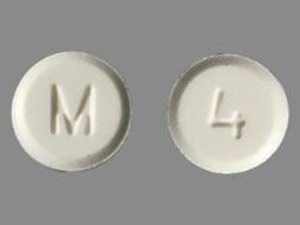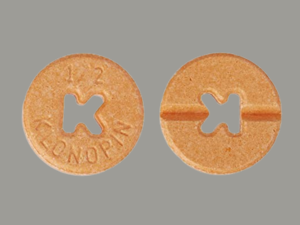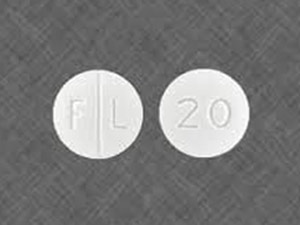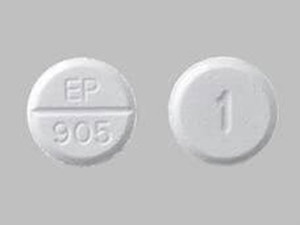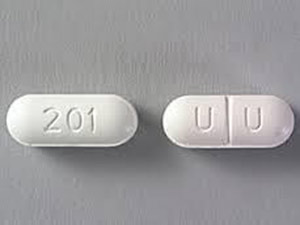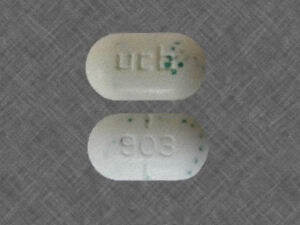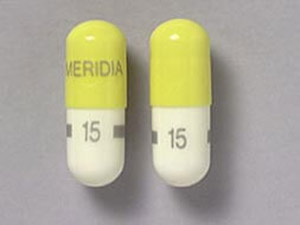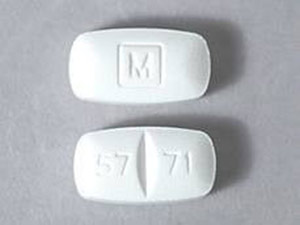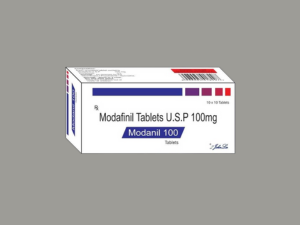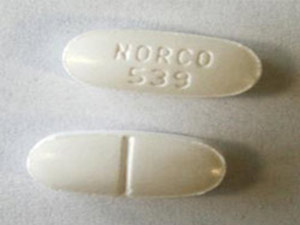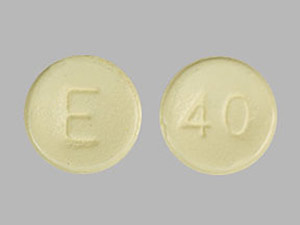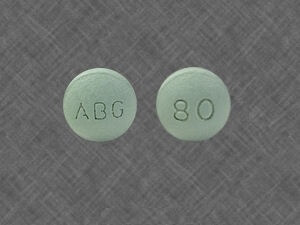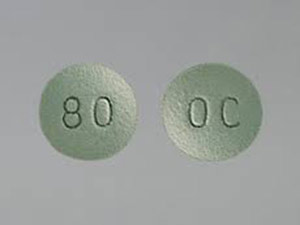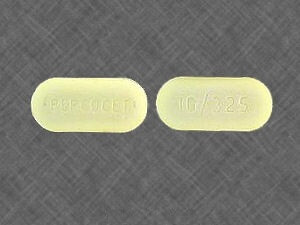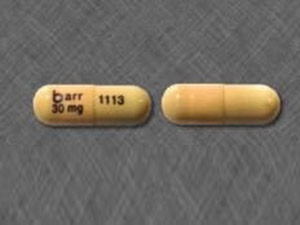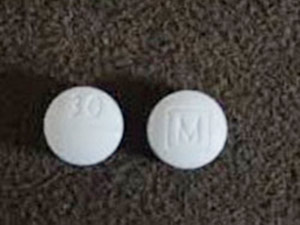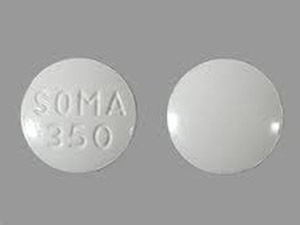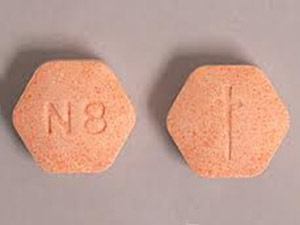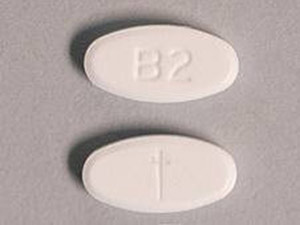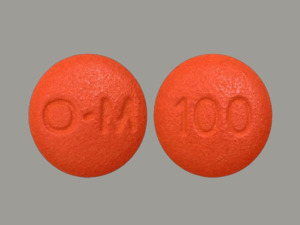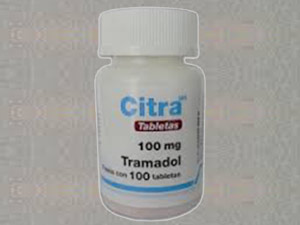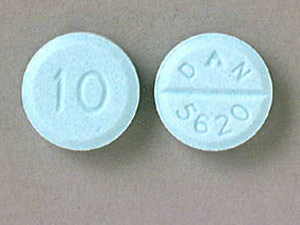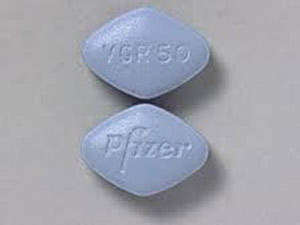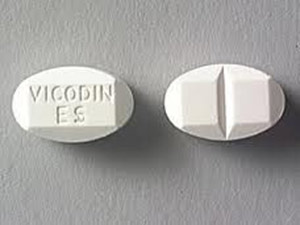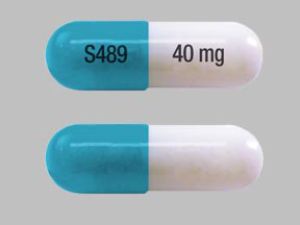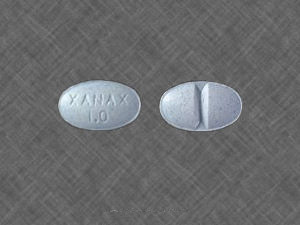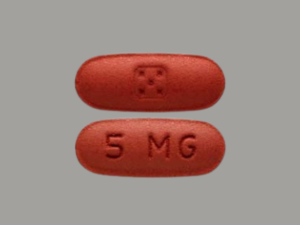
Signs And Symptoms Of ADHD In Women
Attention Deficit Hyperactivity Disorder (ADHD) is commonly seen in men and children but is not limited to them. Women also struggle with ADHD, but it is less frequently diagnosed, partly because it exhibits differently in women than in men.
signs and symptoms of ADHD in women often go unnoticed or are attributed to stress, anxiety, or hormonal changes. Women with ADHD may struggle with relationships, work, and daily tasks, all while feeling overwhelmed and misunderstood.
Understanding the signs and symptoms of ADHD in women is essential, as early diagnosis and treatment can improve their quality of life and relationships.
In this blog, we will look at the signs and symptoms of ADHD in women, how it is diagnosed, and the available treatment options. We hope to shed light on this increasingly recognized disorder and support women who suspect they may have ADHD.
Table of Content:
- What is ADHD?
- Types of ADHD
- Causes of ADHD in Women
- Signs and Symptoms of ADHD in Women
- Prevalence of ADHD in Women
- Diagnosis of ADHD in Women
- Treatment Options of ADHD for Women
- Conclusion
What is ADHD?
Attention Deficit Hyperactivity Disorder (ADHD) is a neurodevelopmental illness. It is characterized by difficulties with attention, impulse control, and hyperactivity. ADHD impacts people of all ages and genders, though it is often diagnosed in childhood. Individuals with ADHD might have difficulty staying focused, following through on tasks, controlling impulses, and sitting still or staying quiet.
This can result in problems at school, work, and social situations. ADHD can also be considered a spectrum disorder, and symptoms may range from moderate to severe. With early diagnosis and appropriate cure, sufferers with ADHD can learn to manage their symptoms and lead fulfilling, productive lives.
Causes of ADHD in Women:
Genetics:
Like many mental health conditions, ADHD has a genetic component. Women with a family history of ADHD are more likely to experience symptoms than those without the same history.
Brain chemistry:
ADHD has been linked to differences in how certain neurotransmitters work in the brain, including dopamine and norepinephrine. Women with ADHD may have imbalances in these chemicals, which can cause symptoms such as distractibility and impulsivity.
Hormones:
Hormonal changes can affect ADHD symptoms in women. For example, some women may experience more severe symptoms during their menstrual cycle, pregnancy, or menopause. Fluctuations in estrogen levels have been found to impact neurotransmitters in the brain.
Environmental factors:
Exposure to toxins such as tobacco smoke, lead, or pesticides during pregnancy or early childhood may increase the risk of ADHD. Additionally, lack of sleep, poor nutrition, and exposure to stress can all contribute to symptoms of ADHD in women.
Coexisting conditions:
Women with ADHD may also be more likely to experience other mental health conditions like anxiety or depression. These conditions can exacerbate ADHD symptoms, making it more challenging to manage the condition.
Types of ADHD:
There are primarily three types of ADHD: Inattentive, Hyperactive-impulsive, and Combined.
The first type, inattentive ADHD, is characterized by symptoms such as difficulty sustaining attention, forgetfulness, and disorganization. Individuals with this type of ADHD may appear to daydream frequently, procrastinate, and have trouble planning and executing tasks.
The second type, hyperactive-impulsive ADHD, is defined by symptoms such as excess energy level and impulsivity. People with this type may frequently interrupt others, have trouble waiting their turn, and display fidgeting and squirming behavior. They may also struggle with attention and completing tasks.
However, those around them most often note hyperactive and impulsive behaviors.
The third and most common type is combined ADHD, which involves both sets of symptoms from the inattentive and hyperactive-impulsive types.
Signs and Symptoms of ADHD in Women:
Difficulty with organization: Women with ADHD may struggle with keeping their thoughts and possessions in order. They may have a messy home or workspace, forget necessary appointments, or struggle to complete tasks.
Procrastination: Women with ADHD may put off duties until the last minute, conducting to stress and anxiety. They may find that they work best under the pressure of a deadline.
Hyperfocus: While ADHD can make it difficult to focus on tasks, some women with the condition may experience hyperfocus, or the ability to become absorbed in a task or activity to the point of losing track of time.
Impulsivity: Women with ADHD may act impulsively, making decisions without considering the consequences. They may speak or act quickly, sometimes creating social or professional difficulties.
Emotional dysregulation: Women with ADHD may experience intense emotions, such as anger or sadness, that are difficult to control. They may also struggle with anxiety and depression.
Sensitivity to stimuli: Women with ADHD may be more sensitive to noise, light, or other stimuli. They may find it difficult to concentrate in noisy or busy environments.
Forgetfulness: Women with ADHD may forget important details, such as names, dates, or deadlines. They may also struggle with short-term memory.
Prevalence of ADHD in Women:
- Women make up about 38-44% of adults diagnosed with ADHD.
- Research suggests that ADHD is as prevalent in girls as in boys during childhood.
- In a study of college students, 10.9% of women were found to have ADHD, compared to 5.4% of men.
- Women with ADHD are more likely to experience anxiety and depression than women without the condition.
- Women with ADHD who are mothers may have additional challenges, as they may struggle with managing their symptoms while supporting their children with ADHD.
Diagnosis of ADHD:
– The diagnosis of ADHD is typically made by a healthcare professional, such as a doctor, clinical psychologist, or psychiatrist.
– The assessment process may involve various tools, such as questionnaires, interviews, rating scales, and neuropsychological tests.
– The healthcare professional may gather information from multiple sources, including the individual, parents, teachers, and other caregivers.
– The diagnosis of ADHD is based on the presence of core symptoms, such as inattention, hyperactivity, and impulsivity, as well as evidence of impairment in daily functioning.
– The diagnosis of ADHD can be challenging, as some symptoms can overlap with other conditions, such as anxiety, depression, or learning disabilities.
Treatment options for ADHD:
Certainly! Here are some treatment options for ADHD in women:
- Medication: Prescription stimulant medications like Adderall and Ritalin can effectively manage ADHD symptoms in women. However, working closely with a healthcare provider to find the proper medication and dosage is essential, as there can be side effects and potential risks.
- Mindfulness meditation: Mindfulness meditation can help manage ADHD symptoms by improving focus, reducing stress, and increasing self-awareness.
- Exercise: Regular exercise can be helpful for women with ADHD, as it can improve mood, concentration, and overall health.
- Nutrition: Some research suggests that a healthy diet, lower in sugar and processed meals, may help manage ADHD symptoms in women.
Therapies to Reduce ADHD Symptoms in Women:
1. Cognitive-behavioral therapy (CBT):
CBT is a goal-oriented therapy that changes negative thinking and behavior patterns. CBT can help women with ADHD develop better coping mechanisms for managing symptoms such as distractibility and impulsivity.
2. Mindfulness-based therapies:
Mindfulness-based therapies such as cognitive therapy (MBCT) and mindfulness-based stress reduction (MBSR) can help women with ADHD stay present and focused, reducing distractions and improving overall mental well-being.
3. Psychoeducation:
Psychoeducation involves learning more about ADHD and its symptoms. Women with ADHD can benefit from understanding how the condition affects their brains and behaviors and learning strategies for managing symptoms and improving overall quality of life.
4. Coaching:
ADHD coaching involves working with a coach to develop strategies for managing symptoms and achieving goals. Coaches can help women with ADHD better manage time, stay organized, and prioritize tasks.
5. Family therapy:
Family therapy can help women with ADHD and their family members better understand the condition and improve communication. Family members may also benefit from learning strategies for supporting their loved ones with ADHD.
6. Interpersonal psychotherapy (IPT):
IPT can help women with ADHD manage symptoms of depression and anxiety. IPT focuses on improving interpersonal relationships and helping individuals manage difficult emotions. While therapy may not cure ADHD, it can be a useful tool for controlling symptoms and improving the overall quality of life for women with the condition.
Medications to treat ADHD:
– Stimulants:
Stimulant drugs such as amphetamine (Adderall) and methylphenidate (Ritalin) are the most generally prescribed drugs for ADHD. They help control symptoms like inattentiveness and hyperactivity by increasing neurotransmitters in the brain, such as dopamine and norepinephrine. Stimulants are often used as the first line of treatment for ADHD in women.
– Non-stimulants:
Non-stimulant drugs can also be utilized to treat ADHD symptoms in women. These medications work differently from stimulants, aiming to increase the levels of norepinephrine in the brain. They can benefit women who have not responded well to stimulant drugs or have experienced side effects, such as insomnia or lack of appetite.
– Alpha-2 Adrenergic Agonists:
Alpha-2 adrenergic agonists such as guanfacine (Intuniv) and clonidine (Kapvay) can also treat ADHD in women. These medications work by binding to specific receptors in the brain, which reduces some of the symptoms of ADHD, such as impulsivity and inattention.
– Antidepressants:
Antidepressants are another medication that effectively reduces some of the symptoms of ADHD in women. They are more commonly used in women who experience depression or anxiety alongside ADHD and can be combined with other drugs or treatment methods.
Conclusion:
In conclusion, recognizing the signs and symptoms of ADHD in women can be tricky. Women with ADHD are more likely to experience emotional regulation challenges and co-occurring conditions like anxiety and depression.
The condition can result in difficulties in everyday functioning, such as concentration, focus, and time management. Still, a proper diagnosis can provide the foundation for women with ADHD to get the ADHD treatment they need.
Moreover, it’s crucial to talk to a healthcare provider if you suspect you may have ADHD and it’s affecting your quality of life. Seeking professional support and finding resources for women with ADHD can help you develop the coping skills needed to manage ADHD symptoms effectively.

